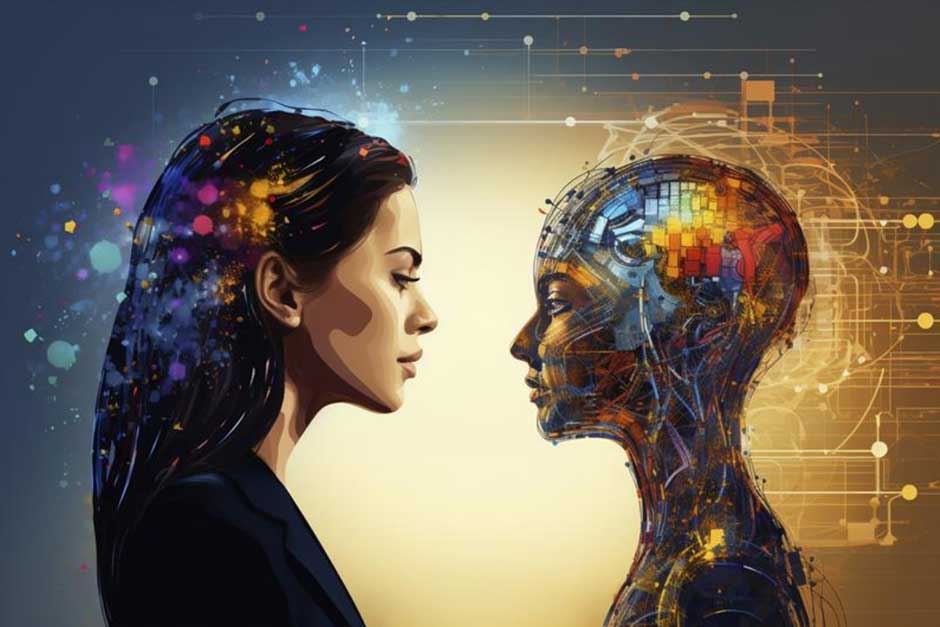How Cultural Nuance Can Humanize AI: The Role of Tagalog in Building Emotionally Intelligent Tools

In a rapidly evolving digital world, artificial intelligence (AI) continues to transform how we interact with technology. While speed, automation, and efficiency remain its core strengths, a growing concern remains: how do we make these systems more human? The answer lies not only in advanced coding or machine learning algorithms—but in cultural understanding. This is where Tagalog, the primary language of the Philippines, comes into play. In this article, we explore how incorporating cultural nuances like Tagalog can humanize AI, and how platforms like CudekAI are leading this transformative shift.
Why Humanizing AI Matters
For AI to truly serve people, it must understand people—not just their words but their context, emotions, and values. That’s the core of humanizing AI. When users interact with chatbots, voice assistants, or automated tools, they crave responses that feel authentic, empathetic, and intuitive.
This is especially critical in multicultural, multilingual societies where direct translations often lose meaning. The phrase “I understand” in English doesn’t always carry the same emotional weight as “Naiintindihan kita” in Tagalog. The latter reflects not just understanding, but empathy, something vital in human communication.
CudekAI: Merging Technology with Cultural Sensitivity
CudekAI is an AI tool built not just for function but for emotional intelligence. What sets it apart is its commitment to humanize AI Tagalog interactions—creating outputs that are culturally aware and linguistically accurate. By recognizing the emotional subtext within regional languages like Tagalog, CudekAI delivers a more respectful, personal, and “human” experience.
Imagine a customer support chatbot responding in warm, context-aware Tagalog instead of stiff, generic English. The difference is night and day. Users are more likely to trust and engage with technology that “speaks their language”—literally and figuratively.
The Importance of Tagalog in AI Localization
Tagalog is not just a language; it’s a vessel of Filipino identity, values, and interpersonal norms. From expressions of gratitude to family-centric idioms, it carries a layer of emotional complexity that many AI systems still fail to capture.
When AI is trained using datasets rooted in English or Western cultures, it often overlooks local communication styles. As a result, users in non-English-speaking regions may experience interactions that feel robotic or even inappropriate.
By integrating Tagalog into AI frameworks, especially those designed to handle emotional responses (like counseling bots, educational apps, or customer service assistants), we create tools that are less mechanical and more human.
Emotional Intelligence in AI: A Tagalog Case Study
Let’s consider a practical scenario: a mental health chatbot designed to offer support in times of stress. A generic response in English might be:
“I understand how you feel. Take a deep breath.”
But a culturally tuned AI using CudekAI’s framework might say in Tagalog:
“Alam kong mabigat ang dinadala mo. Huminga ka muna nang malalim. Nandito ako.”
This version is richer in empathy, tone, and context. It mimics how a friend or relative might respond. It builds trust and relatability—exactly what’s missing from traditional AI tools.
This is the power of humanizing AI through language. It’s not just translation—it’s emotional connection.
Humanize AI Tagalog: SEO, Ethics, and Accessibility
From an SEO perspective, users are increasingly searching for AI tools that cater to their language preferences and cultural expectations. Keywords like “humanize AI Tagalog” are gaining traction, especially among developers and startups targeting Southeast Asian markets.
But beyond visibility, the ethical implication is clear: we cannot create truly inclusive AI without embracing linguistic and cultural diversity.
CudekAI’s initiative to prioritize Tagalog humanization is more than a tech feature—it’s a commitment to equity in innovation. It ensures that AI doesn’t just serve the loudest voices (often English-speaking) but the global majority.
Final Thoughts: The Future of Culturally Aware AI
The AI revolution is not just technical; it’s cultural. As more platforms like CudekAI focus on emotional depth, local languages, and human-centric interactions, we edge closer to a world where AI is not only smart—but truly understanding.
Tagalog, with its rich emotional vocabulary and social nuances, plays a crucial role in this transformation. Humanizing AI isn’t about mimicking humans—it’s about respecting humanity. And that starts by speaking the user’s language—heart to heart.


